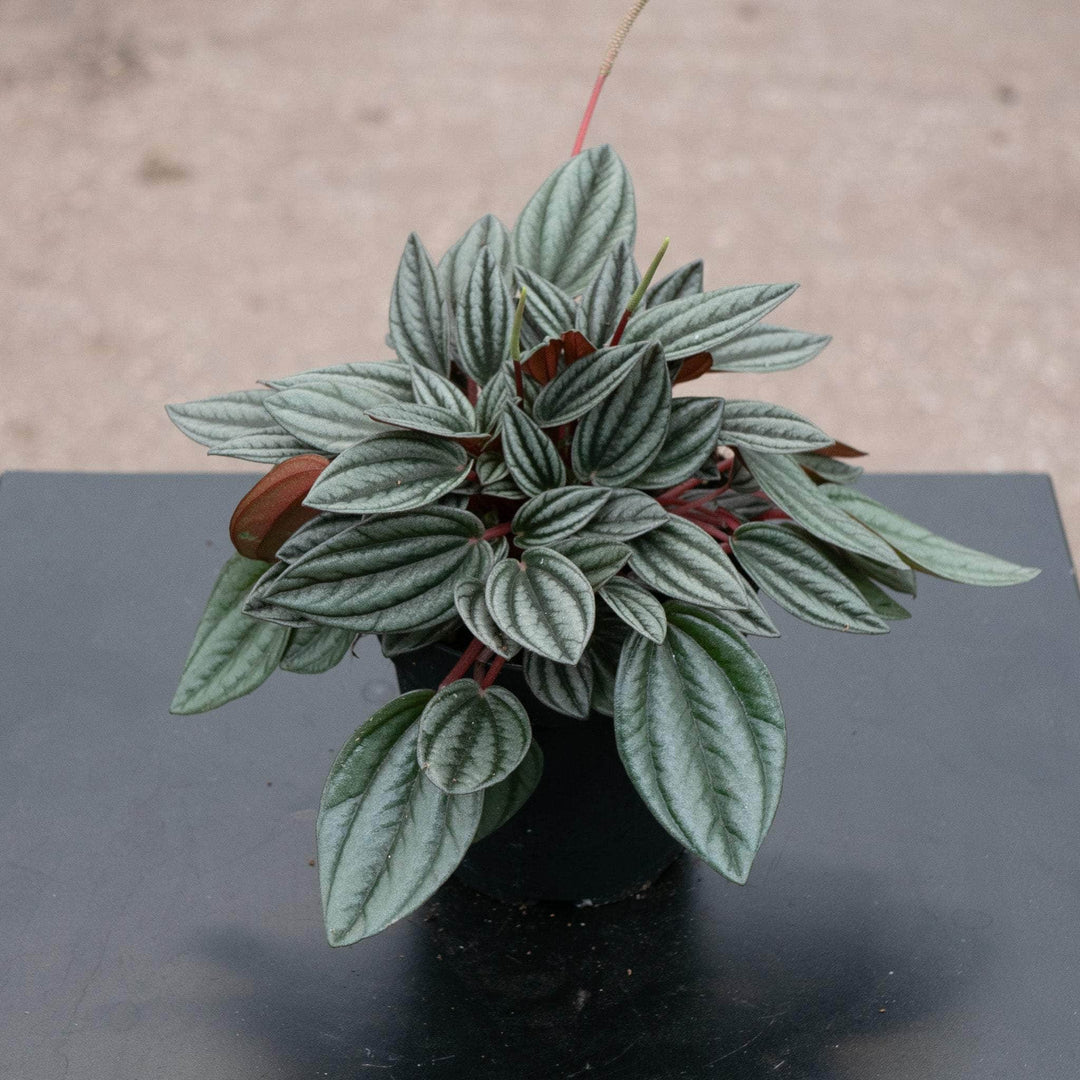Peperomia San Marino in four inch pot. Photos b4 shipping
Peperomia San Marino in four inch pot. Photos b4 shipping
Couldn't load pickup availability
The San Marino Peperomia is a specific cultivar of Peperomia known for its attractive foliage. Here are some general care tips for the San Marino Peperomia:
1. **Light**: Provide bright, indirect light for your San Marino Peperomia. It can tolerate moderate light conditions, but avoid direct sunlight, as it can scorch the leaves.
2. **Watering**: Allow the top inch of the soil to dry out between waterings. Water thoroughly when needed, but avoid overwatering to prevent root rot.
3. **Humidity**: Peperomias prefer moderate to high humidity levels. You can increase humidity by misting the leaves, using a humidifier, or placing the plant on a humidity tray.
4. **Temperature**: Maintain normal room temperatures between 65-75°F (18-24°C). Avoid exposing the plant to cold drafts or temperature extremes.
5. **Soil**: Plant your San Marino Peperomia in a well-draining potting mix. A mix of peat moss, perlite, and coarse sand works well to provide good drainage.
6. **Fertilization**: Feed your San Marino Peperomia with a balanced liquid fertilizer diluted to half strength every 4-6 weeks during the growing season (spring and summer). Avoid fertilizing in the winter.
7. **Pruning**: Trim any leggy growth or yellowing leaves to maintain the plant's shape and encourage new growth.
8. **Propagation**: Peperomias can be propagated from leaf or stem cuttings. Take a cutting, allow it to callus for a day or two, and then place it in soil or water to root.
9. **Pests**: Keep an eye out for common houseplant pests like spider mites, mealybugs, and aphids. Regularly inspect the plant and treat any infestations promptly.
Please note that specific care requirements may vary slightly depending on the exact species or cultivar of Peperomia known as San Marino. If you have this plant in your collection, it's always a good idea to observe its individual needs and adjust your care routine accordingly.
Share

